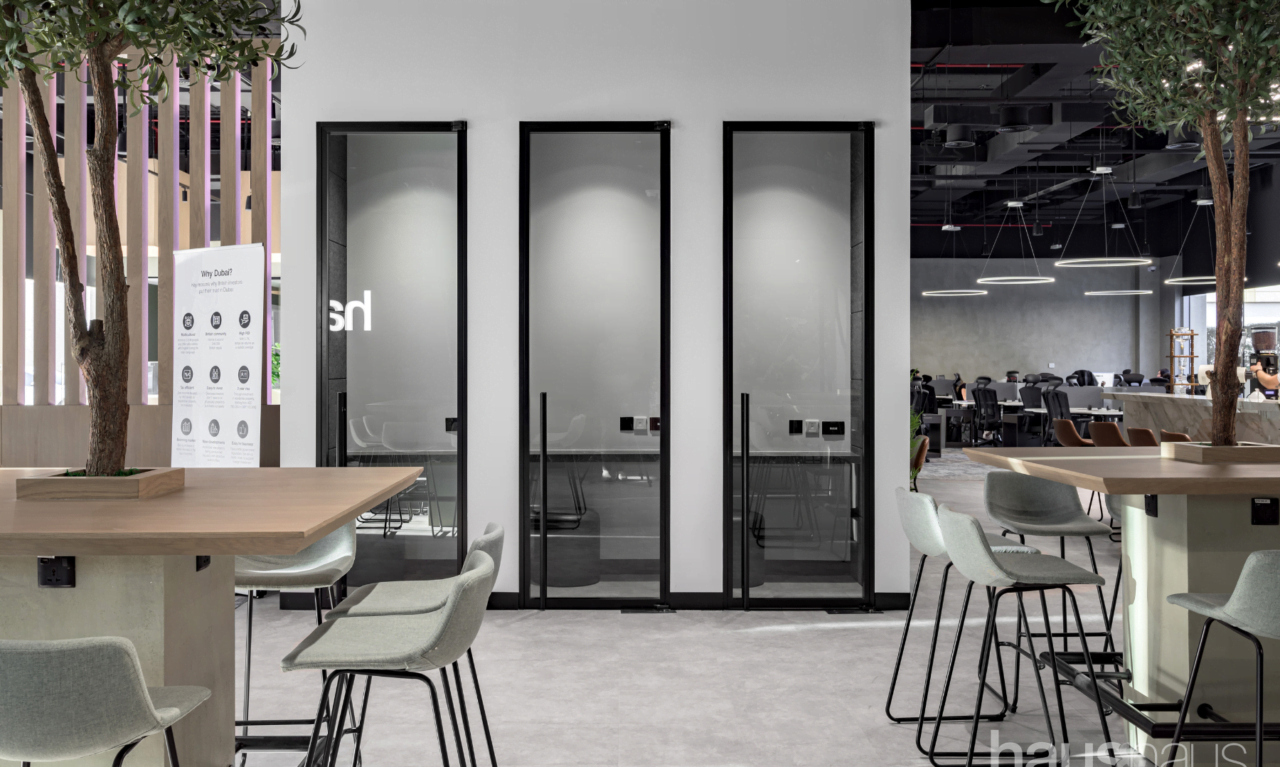Open office spaces have become a trend in modern workplaces, fostering collaboration, transparency, and a sense of community among employees. However, striking a balance between privacy and collaboration in these open environments can be a challenge. Distractions and noise can impede productivity, while the absence of private spaces may affect employee focus and well-being. In this blog post, we will explore effective strategies to create a harmonious equilibrium between privacy and collaboration in open office spaces.
Creating defined areas within your open office layout is key to balancing privacy and collaboration. Incorporate quiet zones or individual work pods where employees can retreat for focused work or when they require privacy. Design collaborative areas with shared tables or comfortable seating to encourage teamwork and spontaneous idea-sharing. Clearly defining these zones helps employees understand the intended purpose of different areas and facilitates a balanced workflow.

Noise is a common concern in open office spaces that can negatively impact concentration and productivity. Implement sound control measures to minimise distractions. Introduce sound-absorbing materials, such as acoustic panels or ceiling baffles, to reduce noise reverberation. Offer noise-cancelling headphones to employees who require additional focus or invest in white noise machines placed strategically throughout the office to mask disruptive sounds.
Consider providing flexible work options to accommodate employees' varying needs for privacy and collaboration. Remote work or flexible hours can allow individuals to find a balance that works for them. Offering the opportunity to work from home or choose specific days for focused work can enhance productivity and reduce distractions, particularly for tasks that require deep concentration.
Recognise the importance of privacy and well-being in the workplace. Provide employees with access to quiet rooms or private spaces where they can concentrate or handle confidential matters. Ensure that breaks and relaxation areas are available, allowing employees to recharge and rejuvenate. By prioritising privacy and well-being, you create an environment that supports both focused work and collaborative efforts.
By creating designated work zones, implementing sound control measures, fostering effective communication, designing functional collaboration spaces, offering flexible work options, and prioritising privacy and well-being, you can create a harmonious work environment. Striking this balance will not only optimise productivity but also enhance employee satisfaction and well-being.
